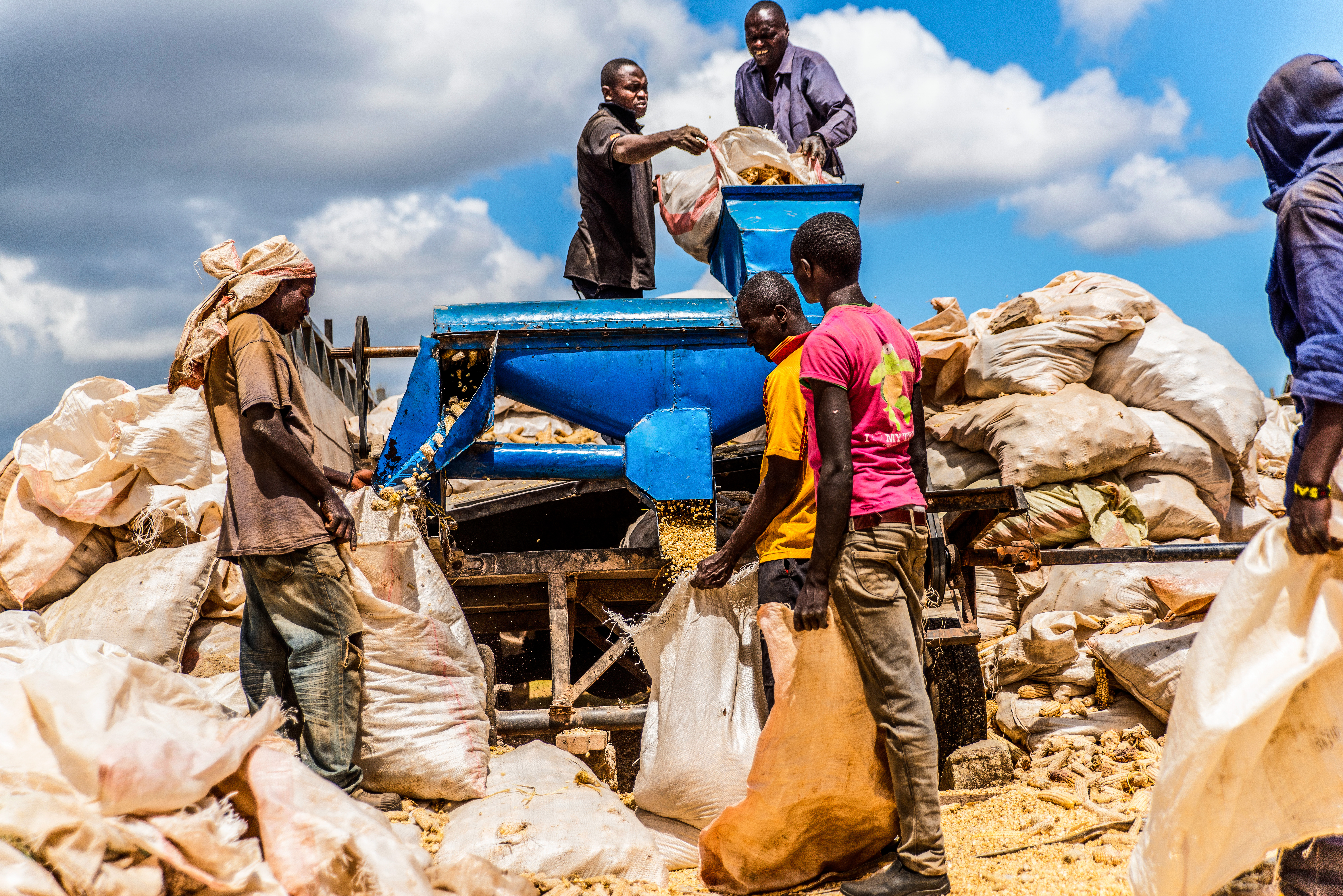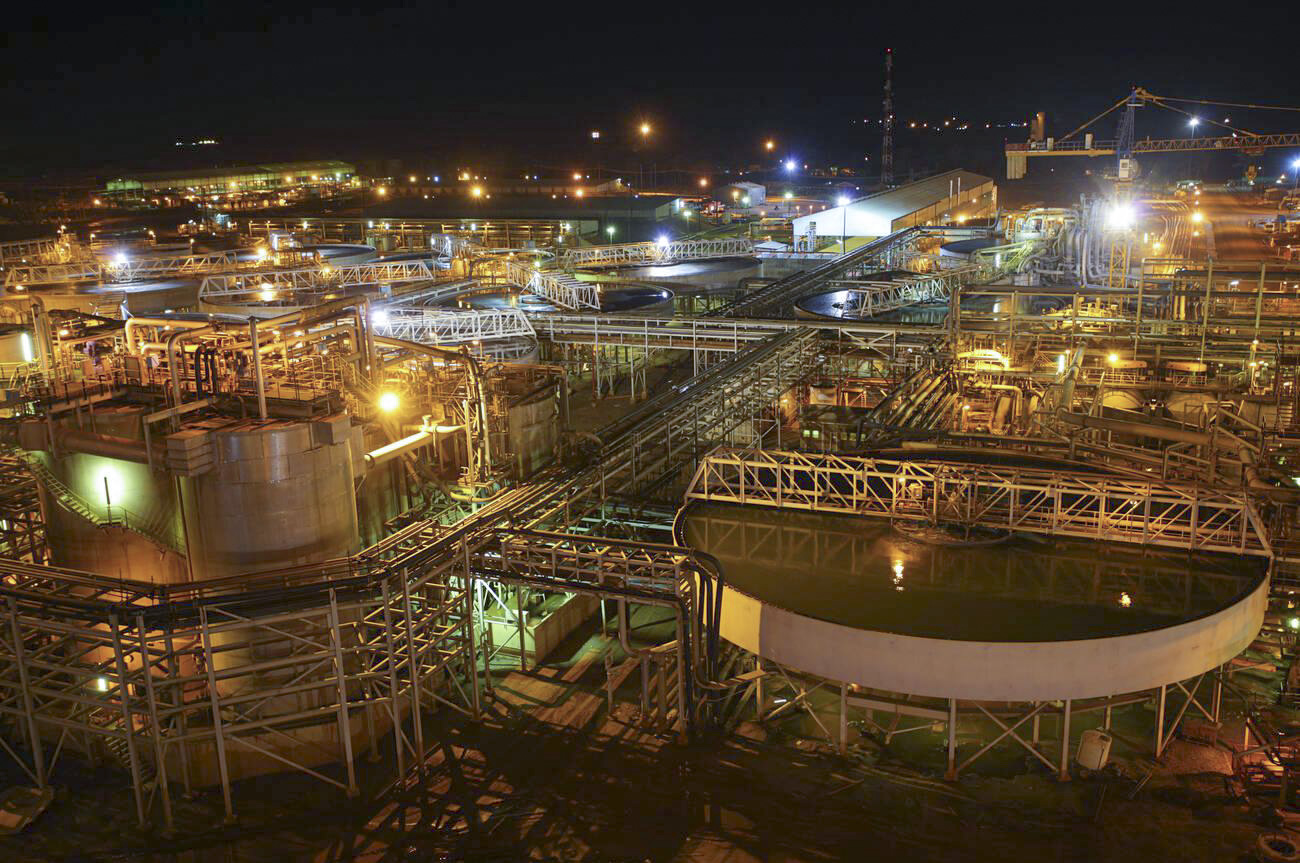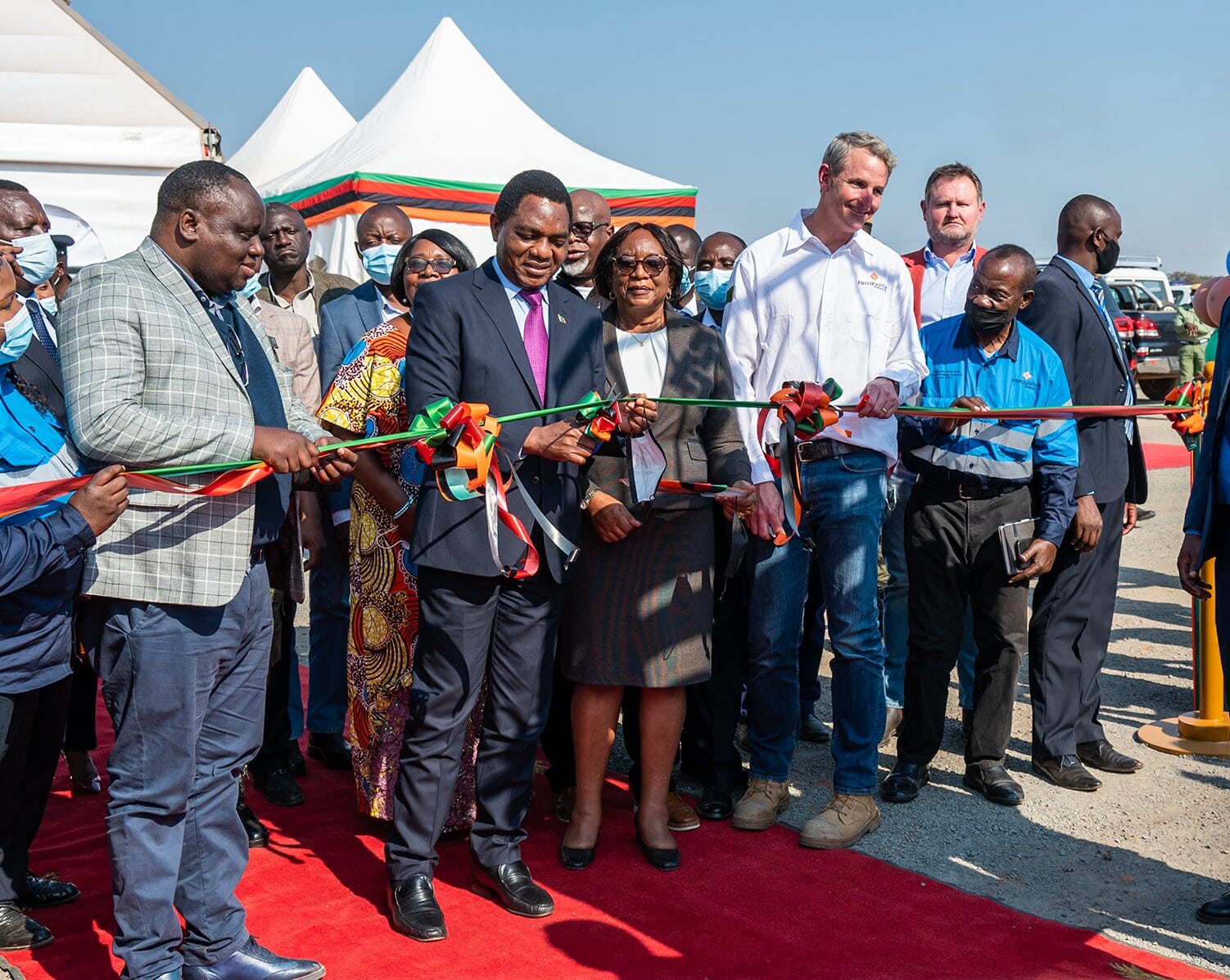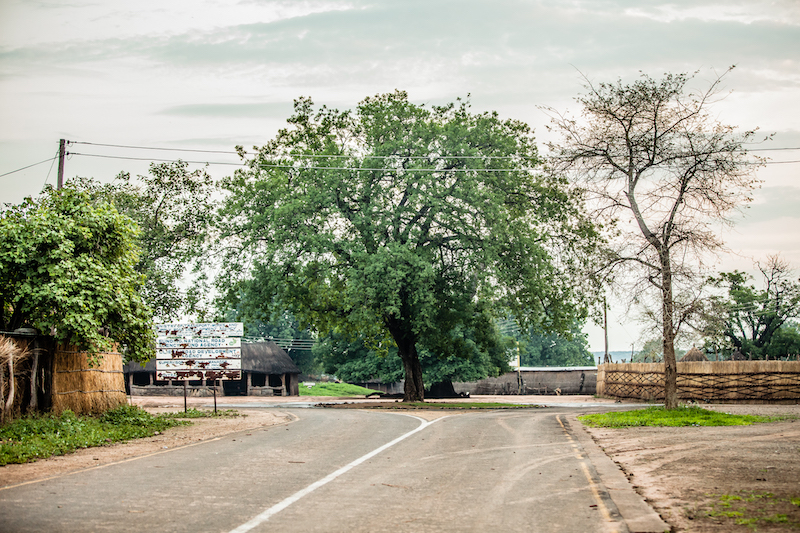A lifeline for SMEs?
Zambia’s economy has enormous potential, yet rising inequality disconnects more than half of its 16 million people from the nation’s increasing prosperity. Economic development has not always been accompanied by reduced inequality and not everyone experiences the benefits of economic growth. Microfinance has been billed as one way to close the financial gap. This is because microfinance serves those groups that are generally excluded and underserved by mainstream financial institutions.
When 53-year-old Sylvia Mporokoso Ngosa wanted to expand her school business, she turned to FINCA, one of several microfinance institutions in Zambia, for extra cash to do so. With five successive loans, she managed to expand her Chingola-based school – WideEye Primary School, into a fully-fledged private school with more than 250 students.
“When I started I realised that the resources were quite limited so I decided to ask around, then FINCA came in. They approached my school and I was very happy because I needed to expand,” explained Ms Ngosa who sounded jovial on the phone.
“I started with a K20,000 loan, then went to K50,000, then I was given K70,000, after that I got K120,000 and the last loan was K200,000,” said Ms Ngosa who has since opened another school (WideEye Academy) in Chililabombwe.

Microfinance serves low-income communities and does so in a spirit of partnership rather than charity, said Mukuka Bwalya, Marketing and Communications Manager at FINCA Zambia. She also added that 64 percent of their clients are women. “In terms of our customer reach, we look at a broad base but predominantly, it is grassroots and emerging SMEs (small and medium-sized enterprises),” said Ms Bwalya. “We look at that specific market segment of customers who find it harder to get into the market and access funds from a commercial bank.”
“Our customer base is about 60,000 – that is a combination of borrowers and savers,” said Ms Mukuka. “In terms of loans that we have given out, our current loan book is at about K183 million.” She also adds: “We have a number of great case studies, where we have seen our customers graduate from selling from a market stall to growing their businesses to a point where they have built larger structures… They have managed to acquire various assets. We have got a lot of those examples.”
FINCA and other microfinance institutions tell numerous stories of SMEs they have assisted and how they are helping to unlock Zambia’s enormous economic potential. But it is not all rosy for those who access money from microfinance institutions. The downside to microfinance is the interest rates. As one Bank of Zambia (BoZ) official I spoke to noted, “The loans that microfinance institutions give out are of high interest rates and the repayment period is usually short. These rates can be as high as 40 percent, 60 percent or even 70 percent and higher because the money is given to the informal sector where the risk of defaulting is high.”
Financial Sector Deepening (FSD) Zambia CEO Betty Wilkinson states that true financial inclusion means, “Every person in Zambia should have the opportunity and the right to have affordable, convenient, uncomplicated and wide-ranging financial services that meet their needs. But what we found from our research in 2015 is that only 59 per cent of the population has any access – formal or informal – to financial services. So, we have a lot of work to do… But the government has committed to moving from 59 percent to 80 percent of the population having access to financial services by 2022,” said Ms Wilkinson. FSD is a non-profit company that works with financial service providers, policy makers and civil society to make the country’s financial sector more inclusive.
In 2016, a commitment under Vision 2030 was made to transform Zambia into a middle-income country by 2030. Some financial experts say, microfinance can help drive government’s vision and close the inequality gap but there are few challenges that must be overcome. “Some of the challenges are physical or logistical, some are technological and others are attitudinal,” said Ms Wilkinson.
While microfinance is touted as a way to reduce inequality its overall effects on inequality and the economy are not always clear. The BoZ official I spoke to noted, “It is difficult to measure the impact of microfinance but overall it appears the impact on the economy is insignificant. It can, of course, be measured in terms of how many loans have been given out to marketeers.”

Furthermore, while some individuals and groups access funds to start and grow their businesses, a larger share of microfinance loans is used for consumption purposes. While there is no shortage of stories from people who have benefitted economically after accessing microfinance loans, the effect of microfinance on the overall economy will remain marginal so long as a greater share of the loans are used for consumption.
On a more positive note, the financial education component is something that the BoZ official acknowledges. “The good thing about microfinance institutions is that they offer extra support beyond funding, such as book keeping skills,” he said. “Banks don’t do that to the same extent.”
Latest figures from BoZ show that the number of microfinance institutions has almost doubled, from 18 in 2008 to 34 in 2017 – an 88 percent increase over the last nine years. One official at BoZ, said although it’s difficult to measure the real impact of microfinance on the economy, non-banking financial institutions are proving to be useful to SMEs, women and youth groups who want to start a business or pay for school fees. Research has shown that microfinance models can reap positive results for low-income female entrepreneurs in rural areas.
Ms Wilkinson outlines some changes that must take place first. “Organisations like FINCA are looking at how do I deliver money to people in rural areas, … and what kind of relationships should we be having with ZOONA, with Airtel money, with MTN money so that we can actually move money back and forth more easily so that we don’t have to worry for them having to go more than 50 kilometres back and forth,” she said. Ms Wilkinson also adds: “What will change the game is mobile money and we are watching how that might emerge and help.”
In addition, she says: “So you have organisations like AGORA Microfinance which has computerised its system and entered all their information into tablets. So, they can go into the village, talk to their clients or potential clients, work with them on assessing what their financial needs are and setting up those accounts, pretty well quickly, like in one day, they can do it, and this is in very isolated rural areas.”
The benefit of microfinance institutions is not necessarily about the capital that is disbursed. It comes from the fact that microfinance institutions provide funding and financial education to those people that are overlooked by traditional financial institutions, including people in rural areas and cash-strapped SMEs. At the same time microfinance loans are not without their flaws considering the extremely high interest rates and short repayment periods.















